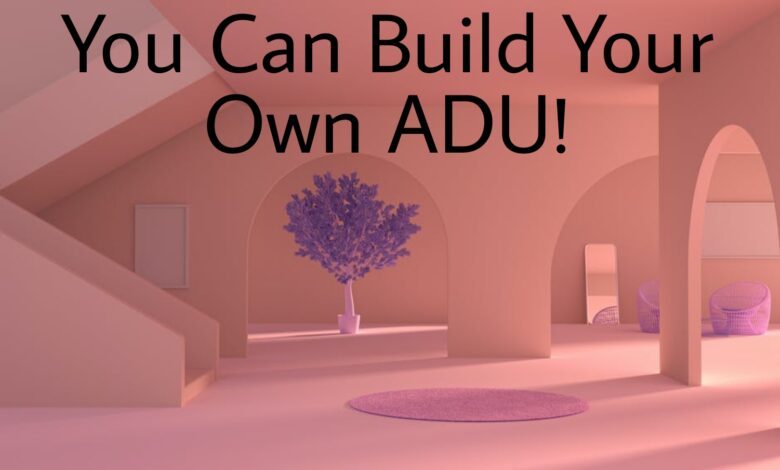You Can Build Your Own ADU!

Did you know that you can build your own ADU! You no longer have to envy your neighbors’ units or wonder how they did it. We can help give you a quick overview of how to build an ADU yourself!
Do Your Research
If you don’t know much about ADUs yet, don’t worry! They are just starting to become popular so you are like many people who don’t know too much about them yet. Luckily there are a few ADU guidebooks and e-courses that can walk you through everything you need to know about ADUs.
For starters, you need to know the different types of ADUs and the costs associated with them. The different types include:
Internal ADUs that are a part of the interior of the primary home
Garage conversion ADUs that are garages made into an ADU
Detached ADUs that are stand-alone dwellings
Basement conversion ADUs
Attached ADUs that attach to the primary dwelling
ADUs above a garage or workshop
Once you decide which one will work best for you, it’s time to move on to the next step!
Set Your Budget
Don’t make the mistake of not having a budget. That is how you end up way overspending and possibly running out of money before the project is complete. You should break each step of ADU development up into sections and budget for each section based on the type of ADU you have decided to build.
Plan and Design
Always design from the outside in to ensure your size restrictions are not compromised. Be sure to maximize your storage space and make use of natural lighting.
The other part of this step is a bit more complicated. You are going to need to plan things such as:
Structural drawing
Plumbing drawing
General notes and details associated with drawings
Electrical drawing
Architectural drawing
This will probably require you to hire professionals in these fields to make this happen.
Obtain Permits and Begin Construction
Once you have your plans, you will need to obtain the proper permits from your local city before you can begin construction. Once you do though, you can acquire your materials and begin to build your dream ADU!





